Here's a smartphone boasting a physical keyboard and it runs Linux
F(x)tec Pro1-X handset features slider form-factor and a hardware QWERTY keyboard
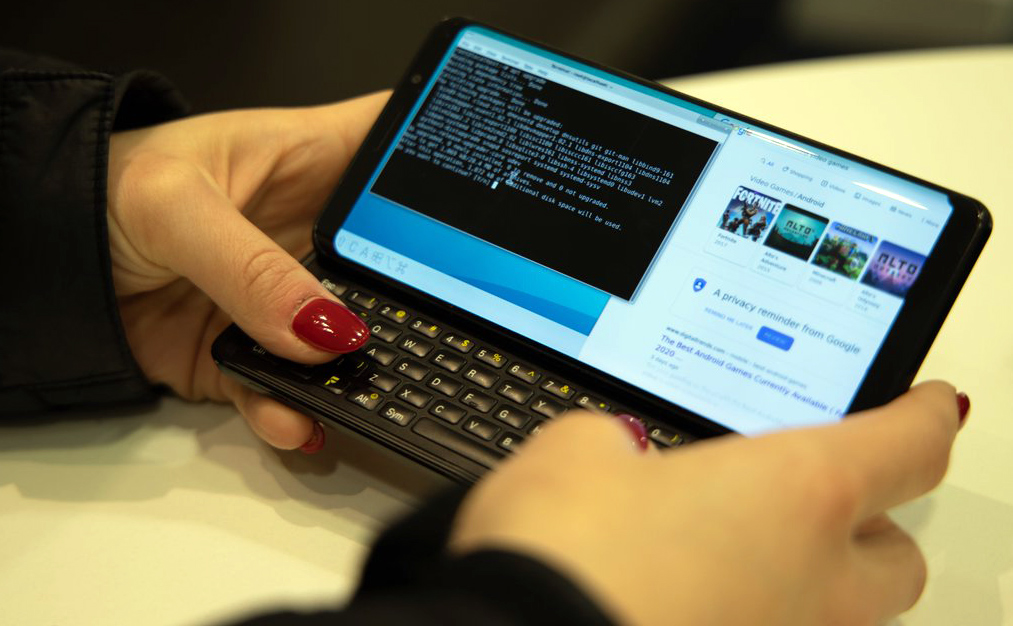
Mobile newcomer F(x)tec has announced a rather unique smartphone that combines a slider form-factor, physical keyboard, and your choice of operating systems.
The F(x)tec Pro1-X is an angled slider smartphone equipped with a 5.99-inch AMOLED monitor featuring a 2160×1080 resolution as well as a five-row 66-key landscape QWERTY keyboard.
The handset is powered by a relatively outdated Qualcomm Snapdragon 835 system-on-chip that is accompanied by 6GB or 8GB of LPDDR4X memory as well as 128GB or 256GB of UFS 2.1 storage that can be expanded using a microSD card.
- The best antivirus software around today
- Best secure drives: top USB drives to protect your data
- 5 cheap smartphones with fingerprint scanners
The rise of Google Android-based handsets in candy bar form-factors to a large degree halted development of competing form-factors, such as sliders and clamshells, as well as smartphones with physical QWERTY keyboards.
Unique
The F(x)tec Pro1-X is certainly not your typical Android smartphone, as it offers the choice of LineageOS or Ubuntu Touch operating systems out of the box.
The LineageOS is essentially a refined Android that has advanced controls and privacy permissions, whereas the Ubuntu Touch offers users capabilities of a fully-fledged Linux PC. The smartphone has a landscape-optimized launcher and supports customizable shortcut, but since far not all Google Android applications are optimized for hardware keyboards, not all programs will be able to take full advantage of the device.
The F(x)tec Pro1-X can be connected to a display using a USB Type-C cable and be used like a regular Linux personal computer. The touchscreen display can act like a trackpad, whereas the keyboard can be used to input text.
Are you a pro? Subscribe to our newsletter
Sign up to the TechRadar Pro newsletter to get all the top news, opinion, features and guidance your business needs to succeed!
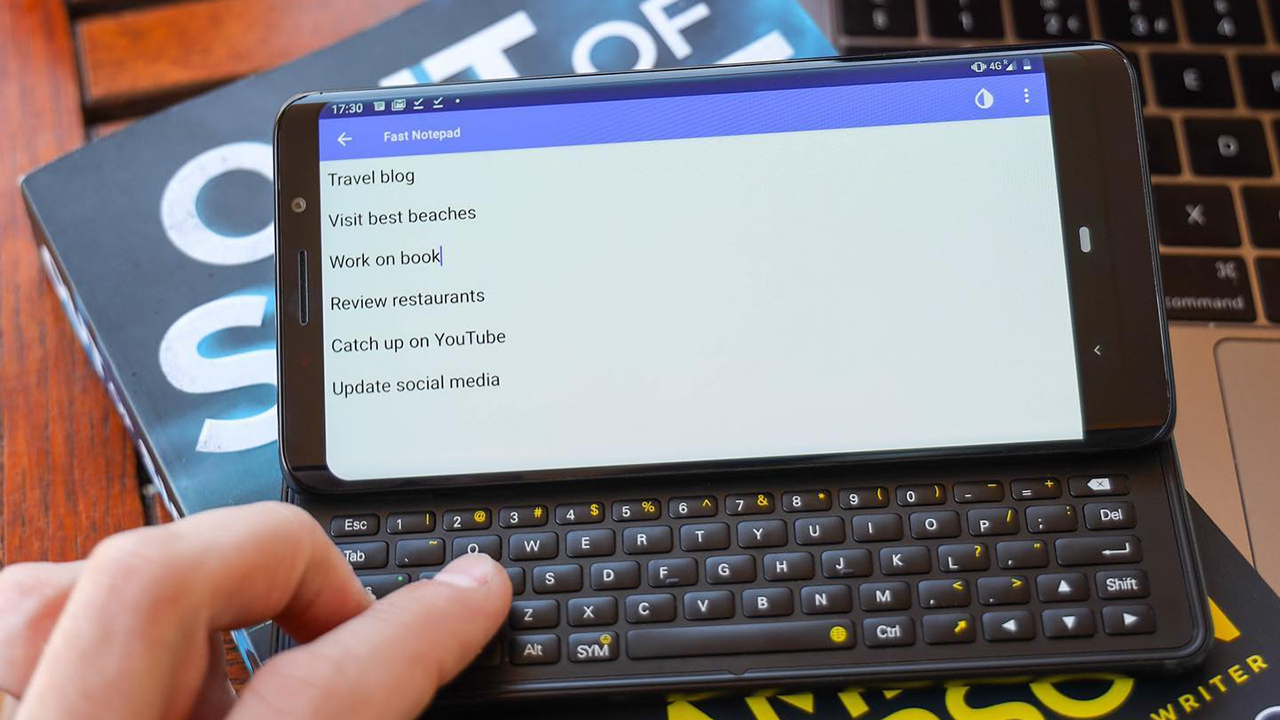
By today’s standards, imaging capabilities of the F(x)tec Pro1-X are rather modest: the smartphone is equipped with 12MP (Sony IMX363) main sensor, a 5MP fixed focus sensor, a LED flash, and an 8MP sensor for selfies. For a business-oriented smartphone, imaging may not be the most important quality. But connectivity certainly is.
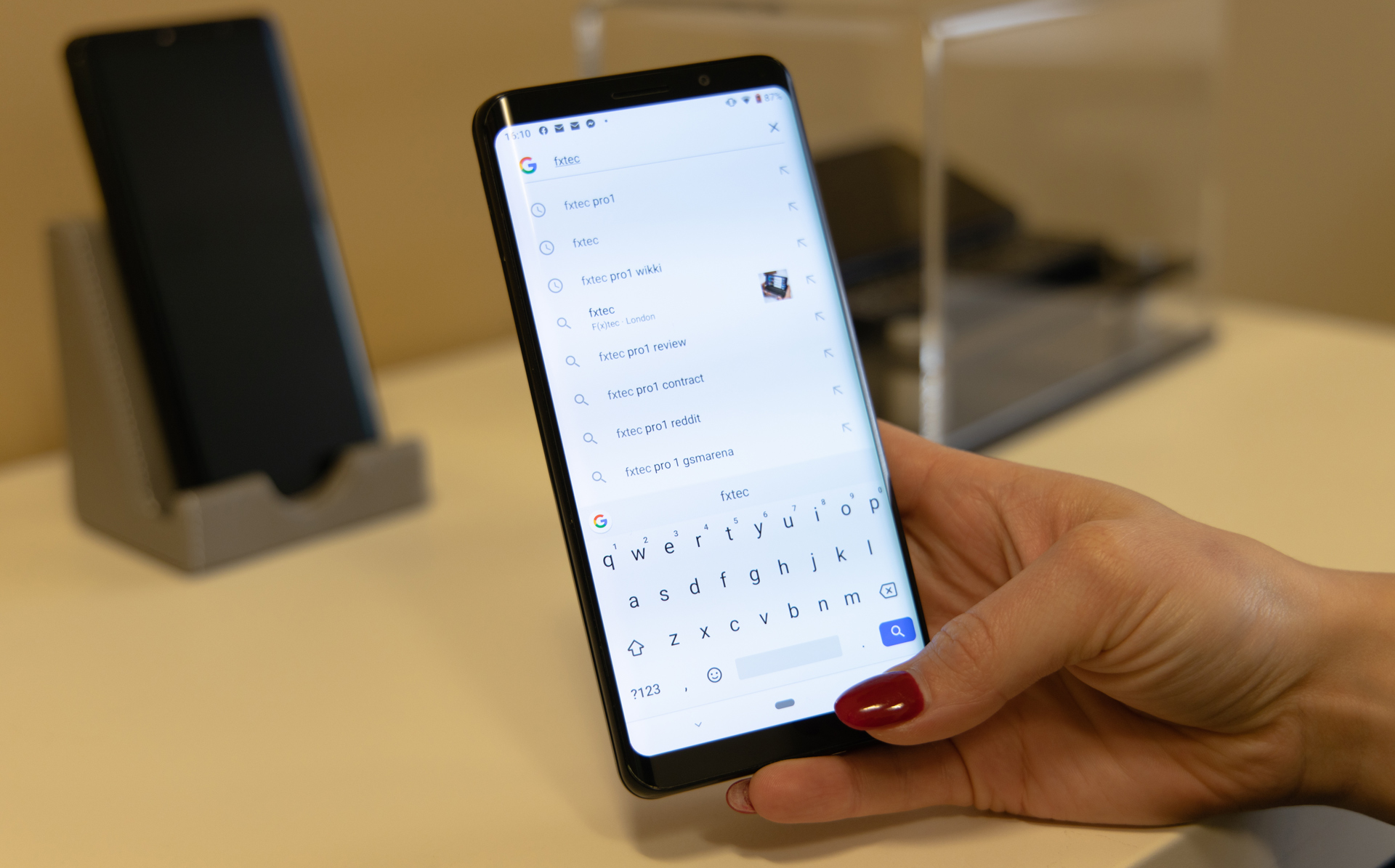
The handset supports global 4G/LTE (FDD+TDD) as well as WCDMA, UMTS, CDMA, EVDO, GSM, and EDGE networks. In addition, the smartphone supports Wi-Fi 6, Bluetooth 5.0 + LE, and NFC.
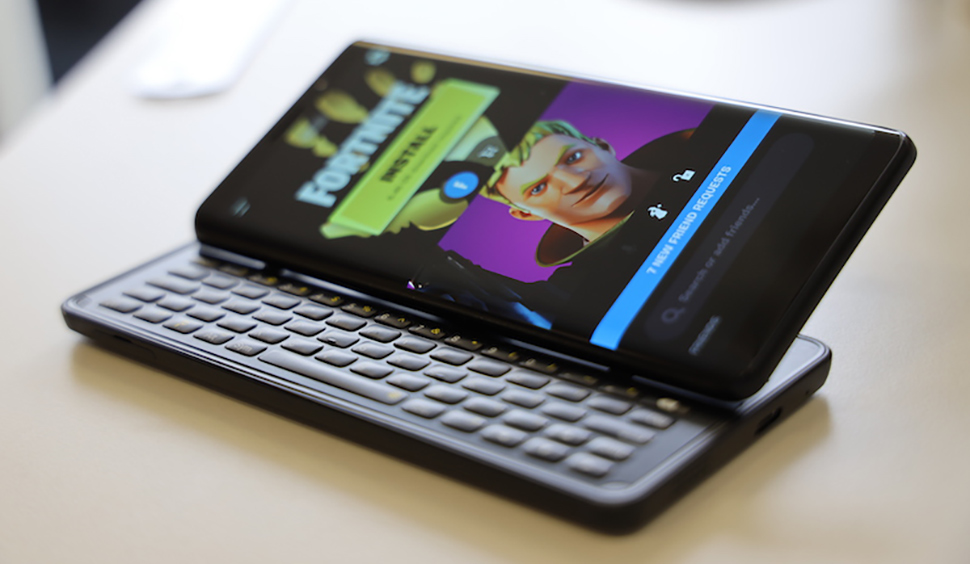
The F(x)tec Pro1-X is an impressive device, but unfortunately it will not be available immediately, with the company saying it aims to ship in March 2021.
Super early birds will be able to obtain a 8GB/256GB version of the smartphone for $499 from Indiegogo, but the rest will have to pay $799, which is not exactly cheap considering this is a handset based on an SoC from 2017.
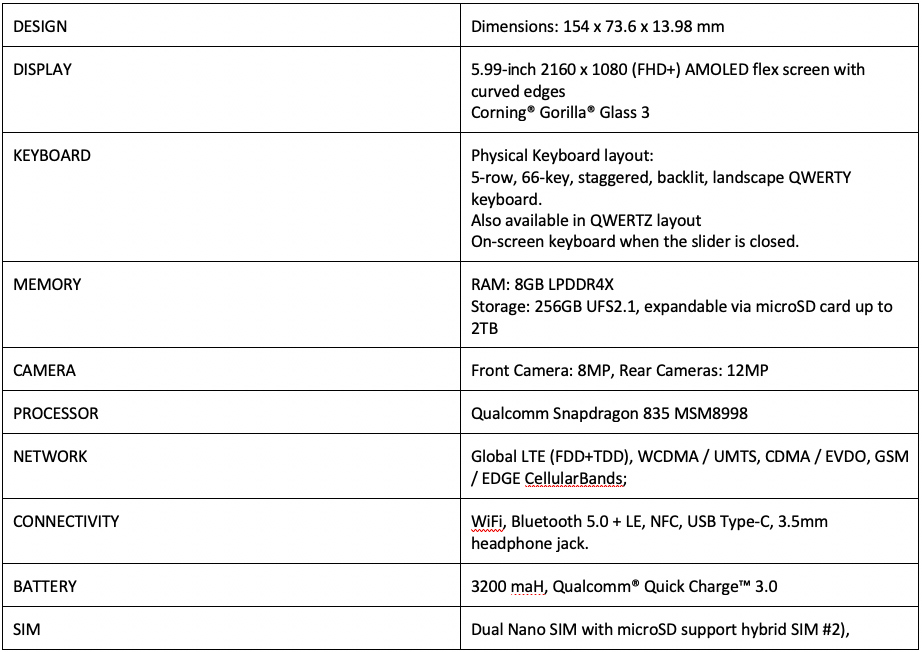
Anton Shilov is the News Editor at AnandTech, Inc. For more than four years, he has been writing for magazines and websites such as AnandTech, TechRadar, Tom's Guide, Kit Guru, EE Times, Tech & Learning, EE Times Asia, Design & Reuse.